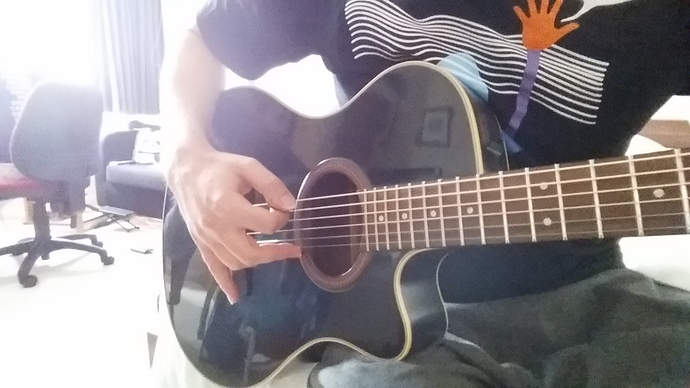Hey codecrackers!
One of the hardest things for me is to play 3nps ascending scales. My preferred method for this is two-way pickslanting with primary UWPS orientation. While the descending portion feels nice, I always find the ascending one very tiring and often unreliable. I wonder if this is due to some string tracking problem, or to my rotation into dwps being too late or too forceful.
Here is a (raw!) video where I attempt to ascending and then descend an extremely original composition (the A major scale). The two directions may look and sound similar but I can assure you I can feel a huge difference
And here is a rather lame attempt at the last lick from the erotomania solo, I suffer mostly in the “ascending inside” string changes, probably for similar reasons. But I also inserted a bunch of extra mistakes for your amusement 
PS: these are reasonably “average” takes for my standards, although the ascending scale can sometimes be much worse. I’m reasonably happy with the speed but would like to reach a higher level of reliability and relaxation.










 ) passages - these passages can become your technical exercises. This way you can make your technique sessions more musical and less boring!
) passages - these passages can become your technical exercises. This way you can make your technique sessions more musical and less boring!